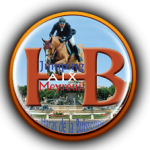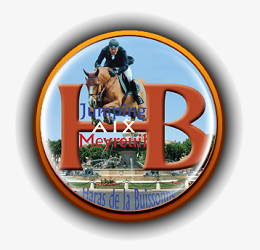The Eye of Horus stands as a powerful emblem of equilibrium, rooted deeply in ancient Egyptian cosmology. Far more than a decorative motif, it embodies protection, healing, and cosmic order—principles central to the worldview of early Egyptian civilization. The eye symbolizes both divine intervention and the restoration of harmony after chaos, echoing the sacred function of the Ankh as a symbol of life and regeneration. Together, these symbols reflect a worldview where life emerges through balance, where mortality is sustained by enduring order.
The Ankh: More Than a Symbol of Life
The Ankh, often called the “key of life,” is a profound fusion of infinity and earthly existence. Its loop evokes eternal cycles, while the cross-shaped vertical bar represents the four cardinal directions and the universe’s structure. Ritually, it was central to offerings and magical rites, where ink inscribed with this symbol was believed to activate divine presence. Intriguingly, this Ankh’s function mirrors the Eye of Horus in its ritual transformation: both embody sacred geometry and material power—ink and pigment—imbuing the intangible with tangible vitality.
Ritual Sustenance Transformed: From Offering to Ink
In ancient temples, priests used the Ankh not merely as a symbol but as a living conduit. On offering tables, inscriptions and painted Eye motifs served as spiritual anchors, channeling divine energy into the physical realm. The Eye of Horus itself, often inked on amulets or tomb walls, transformed ritual intent into preserved power—carbon black derived from burned wood and gum arabic, materials that undergo transformation to carry sacred meaning. This alchemical process—from offering to ink—mirrors the Eye’s role as a vessel of continuity and protection.
Horus and the Falcon: Speed, Power, and Divine Watchfulness
The falcon, sacred to Horus, symbolizes swift precision and celestial authority. As a divine messenger, its speed embodies divine intervention in moments of crisis, swiftly restoring order where chaos threatens. Horus, depicted as a falcon or falcon-headed man, functions as protector and judge—his mythic battle with Set representing the triumph of balance over primal disorder. The Eye of Horus, often appearing above or beside the falcon iconography, amplifies this vigilance: its segments encode ratios linked to healing and wholeness, reinforcing Horus’s role as guardian of harmony.
Visual Language: Falcon Iconography and the Eye’s Heraldic Presence
Falcon imagery in Egyptian art is deliberate and layered. The bird’s piercing gaze symbolizes insight and judgment, while its soaring flight signifies transcendence. When integrated into the Eye of Horus—its arc forming the brow, its segments outlining the eye—this iconography becomes a visual language of protection. The Eye, thus, is not just an emblem but a sacred geometry anchoring divine authority, visible on amulets, temple lintels, and ritual objects that once channel cosmic power.
The Eye of Horus: Form, Meaning, and Hidden Symbolism
The Eye’s anatomy is a masterful code. Its central pupil, surrounded by arcs and segments, reflects sacred geometry—mathematical ratios tied to healing proportions and celestial cycles. These divisions mirror the mathematical precision found in Egyptian architecture and calendars, suggesting that balance is not only spiritual but also rational. Carbon black ink, made from organic materials transformed through fire and binding agents, embodies change itself—fire consuming wood to produce a medium that preserves life’s essence. This material transformation underscores the Eye’s power: from ritual offering to eternal symbol.
- The Eye encodes ratios linked to the human body and cosmological cycles, reflecting harmony between micro and macro.
- Carbon black, a product of controlled combustion, symbolizes death and rebirth, mirroring the Eye’s role in protection and renewal.
- Its placement in art and ritual connects earthly existence with divine order, ensuring continuity beyond mortality.
The Eye as a Bridge Between Mortal and Eternal
While the Ankh promises life sustained, the Eye of Horus ensures that life endures through balance. This dynamic equilibrium—between chaos and order, mortality and eternity—defines Egyptian metaphysics. The Eye, inscribed on amulets worn by the living and painted on tombs, safeguarded transitions: from life to death, from chaos to harmony. Its enduring presence across millennia reveals a timeless truth: balance is not stillness but continuous renewal, guided by sacred principles.
“The Eye sees what is hidden; it guards what is fragile; it balances what is fractured.”
— Ancient Egyptian principle echoed in the Eye’s enduring form
Conclusion: The Enduring Legacy of Balance Through the Eye of Horus
The Eye of Horus, illuminated by the wisdom of Ankh’s life-giving power, reveals a profound lesson: balance is the foundation of renewal. Both symbols—ring and eye—teach that life thrives not in stasis, but in the dynamic interplay of forces. Today, their principles resonate beyond ancient temples, guiding modern practices in mindfulness, art, and personal harmony. Just as ritual ink preserved cosmic order, ancient symbols continue to anchor our quest for equilibrium.
Discover how other sacred symbols embody this timeless balance—explore deeper at best free slot games, where myth and meaning converge in digital form.















